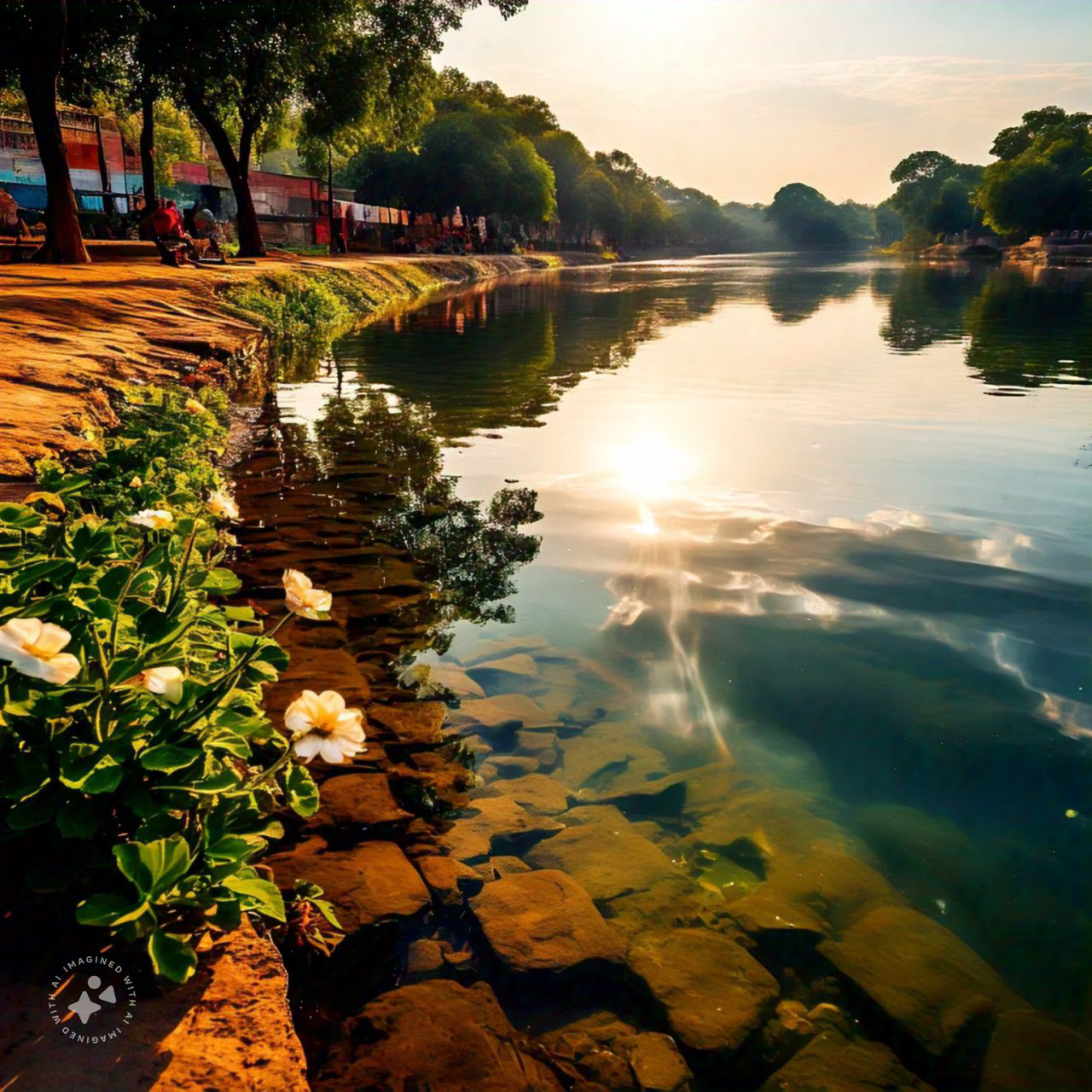1. Ganga River
Source: Gangotri Glacier (Uttarakhand)
Length: 2,525 km
Main Tributaries: Yamuna, Ghaghara, Kosi, Son
Significance: Ganga is the holiest river in India, irrigating large plains of northern India.
Major Cities: Varanasi, Prayagraj, Kanpur, Patna
Delta: Sundarbans (Bengal)
2. Yamuna River
Source: Yamunotri Glacier (Uttarakhand)
Length: 1,376 km
Main Tributaries: Chambal, Betwa, Ken
Significance: Yamuna flows through important cities like Delhi, Agra, and Mathura. It is the largest tributary of the Ganga.
3. Brahmaputra River
Source: Mansarovar Lake, Tibet
Length: 2,900 km (916 km in India)
Unique Feature: Flows through Arunachal Pradesh and Assam in India.
Delta: Sundarbans
Significance: Supports agriculture, flood control, and water transportation.
4. Indus River
Source: Mansarovar Lake, Tibet
Length: 3,180 km (1,114 km in India)
Main Tributaries: Jhelum, Chenab, Ravi, Beas, Sutlej
Significance: The Indus Valley Civilization flourished along its banks.
5. Narmada River
Source: Amarkantak Hills (Madhya Pradesh)
Length: 1,312 km
Unique Feature: One of the major west-flowing rivers.
Significance: Several dams, like Sardar Sarovar Dam, are built on it.
6. Godavari River
Source: Trimbakeshwar (Maharashtra)
Length: 1,465 km
Main Tributaries: Pravara, Indravati, Sabari, Manjira
Significance: Known as the "Dakshin Ganga" (Ganges of the South), it supplies water to Maharashtra, Telangana, Andhra Pradesh, and Odisha.
7. Krishna River
Source: Mahabaleshwar (Maharashtra)
Length: 1,400 km
Main Tributaries: Bhima, Tungabhadra
Significance: A key source for agriculture and irrigation.
8. Cauvery River
Source: Brahmagiri Hills (Karnataka)
Length: 800 km
Significance: A vital water source for Tamil Nadu and Karnataka.
Unique Feature: Known as the "Lifeline of South India."
9. Sutlej River
Source: Rakshastal Lake (Tibet)
Length: 1,450 km
Significance: Forms the backbone of agriculture in Punjab and Haryana.
10. Mahanadi River
Source: Chhattisgarh
Length: 858 km
Significance: The Hirakud Dam (Odisha) is built on this river.
Maintaining the environmental balance of these rivers is crucial. They are not just lifelines but also an integral part of Indian culture.






%20(1).jpg)
















0 Comments